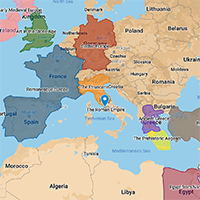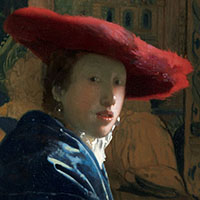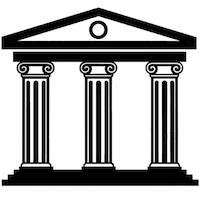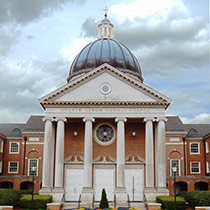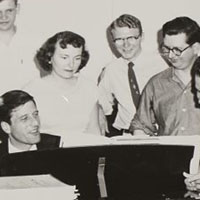Digital Humanities Seminar Blog
This site was created for David Ainsworth’s Spring 2013 Digital Humanities graduate course. It is now being updated for Jennifer Drouin’s Spring 2015 Digital Humanities graduate course. The site features student blogs and final projects. We hope it will continue to grow over the course of future semesters as well. View Digital Humanities Seminar Blog


